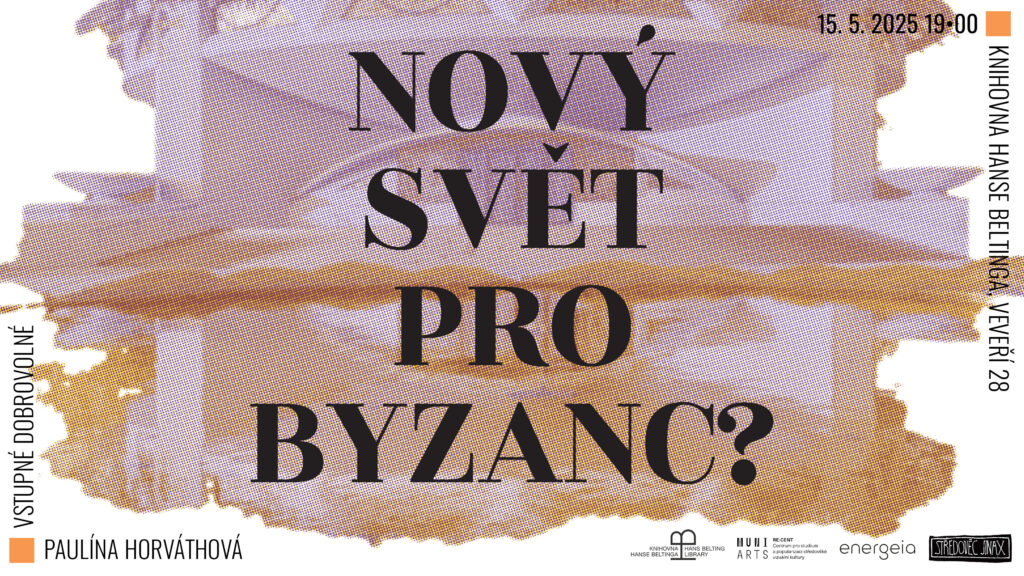
Dear friends,
We cordially invite you to the final lecture of the StředověC JinaX series this semester, which will be given by Paulina Horváthová.
Join us on May 15 at 7:00 pm to hear the neglected story of the role Byzantium and immigrants played in shaping modernist sacred architecture in the US. We will meet in the traditional Hans Belting Library on the ground floor of the K and L Building of the MU Faculty of Arts.
Neo-Byzantine art has played a key role in the contemporary revival of “neo-glosses” and “neo-styles” in the context of 19th and 20th century European art, as individual newly established states or empires built on their histories and cultural heritage. Unlike Europe, however, the United States did not experience a significant resurgence of interest in this culture and its art in the 19th century. Rather, interest in Byzantium figured in the United States as a marginal activity largely in the hands of individuals and existed at the intersection of the Orient, the West, and the Christian world. Among the main actors who highlighted this visual culture were immigrants – particularly Greek immigrant communities, which materialized their efforts primarily in architecture.
One of the focal points of the talk will be a case study of the Annuciation Greek Orthodox Church, located on the outskirts of Milwaukee, Wisconsin. Through this recent and realized design by American architect Frank Lloyd Wright, Pauline will introduce us to the phenomenon of “copying” Hagia Sophia in the USA, which has always taken on a unique character, reflecting the desires and funding of individual Greek communities.
You will be able to watch the entire lecture online on our YouTube channel.
We look forward to seeing you there!
The lecture is part of the Kontexty humanity project of energeia o.p.s.


